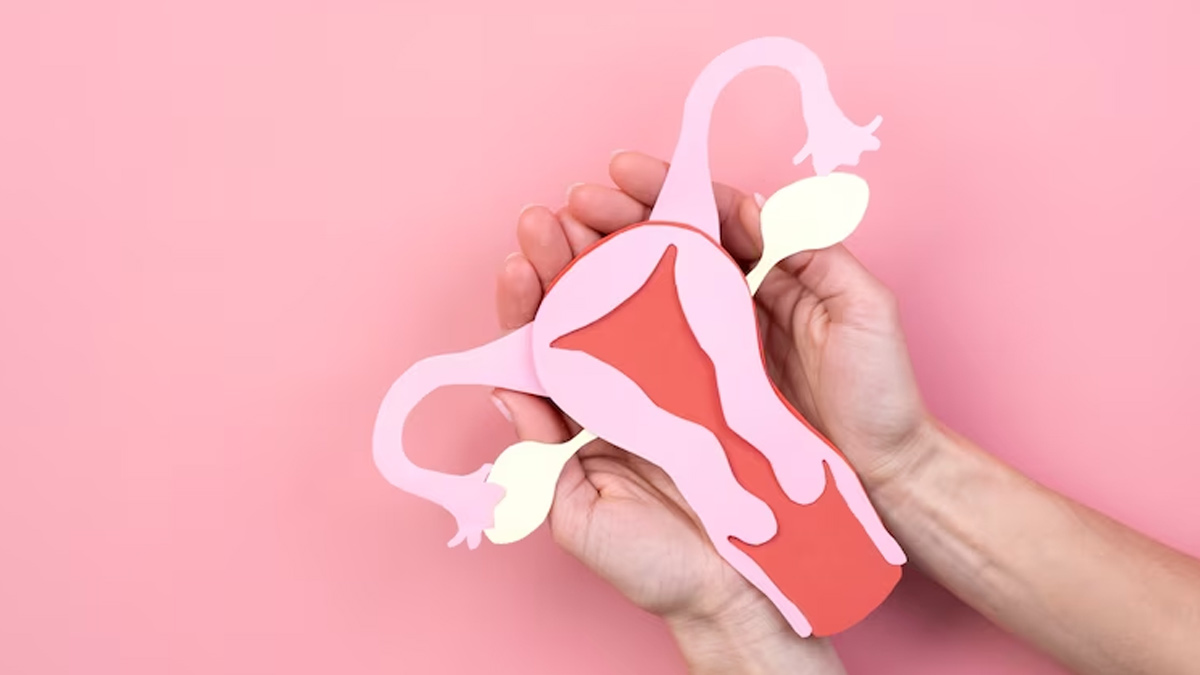
Contrary to the rampant stigma around vaginal discharge, it is normal and essential for the well-being of the female reproductive system. It helps keep the vagina clean and prevents infections, and it is your best friend in the sense that it can tell you if there is anything wrong with your health, especially your reproductive health. As per an excerpt from a book published in the National Library Of Medicine, abnormal vaginal discharge can even hint at a possibility of diabetes or cervical cancer. Hence, it is important for you to be aware of the difference between normal and abnormal vaginal discharge, and when it's time for you to see a doctor.
Abnormal Vaginal Discharge

Normal vaginal discharge, also known as cervical mucus, varies throughout the menstrual cycle. It can range from clear and watery to white and sticky. This discharge is typically odourless and plays a crucial role in fertility, as it helps sperm travel through the cervix to fertilise the egg.
There are a number of causes that can cause myriad variations in the consistency, colour, and odour of the discharge:
- Yeast Infections: A yeast infection can cause a thick, white, cottage cheese-like discharge. It's often accompanied by itching and irritation.
- Bacterial Vaginosis: This bacterial infection is characterised by a fishy-smelling, thin, greyish-white discharge. It may be more noticeable after sexual activity.
- Sexually Transmitted Infections (STIs): STIs like chlamydia and gonorrhoea can cause unusual discharge. Chlamydia may lead to a yellowish discharge, while gonorrhoea can cause a greenish-yellow discharge.
- Trichomoniasis: This parasitic infection can result in frothy, green or yellow, foul-smelling discharge.
- Hormonal Changes: Hormonal fluctuations, such as those during pregnancy or menopause, can alter the amount and consistency of vaginal discharge.
Also Read: Say Goodbye To Vaginal Woes: 9 Must-Have Intimate Hygiene Essentials That You Should Invest In
Beyond these diseases, lifestyle factors like stress, which impacts your hormonal balance can also cause fluctuations in your vaginal discharge. Additionally, allergies and irritants like scented soaps, condoms, menstrual cups, vaginal wash, or herbal pads can also cause abnormal discharge.
When to See a Doctor For Abnormal Vaginal Discharge

There is hardly anybody in today's time who is on the optimum level of their health. Lack of sleep, poor diet, dehydration, smoking, stress, and pollution are just a few factors that take a toll on us on a daily basis and stop our bodies from functioning at their full capacity. Similarly, some changes in vaginal discharge are normal due to these daily stressors. However, if you notice the following signs, visit a gynaecologist or a physician promptly:
- Persistent change in the colour, consistency, or odour of your discharge.
- Accompanying pain, itching, burning, or discomfort.
- Severe lower abdominal pain, especially when it occurs alongside abnormal vaginal discharge.
- Developing a fever along with an unusual discharge
- Vaginal bleeding unrelated to your menstrual period.
- Unprotected sexual contact with a partner who you suspect has an STI.
Also Read: Vaginal Farts Are Harmless But What Causes It And How To Prevent A Queef
Understanding your body's normal vaginal discharge patterns is crucial for detecting potential issues. While many changes are harmless and temporary, it's essential to be vigilant about any persistent or unusual discharge. If in doubt or if you experience any concerning symptoms, don't hesitate to consult a healthcare professional. Remember, there is nothing to be ashamed of about your body and its natural processes. Ignoring the problem will only prolong it as timely detection is key in managing and preventing more serious complications.
How we keep this article up to date:
We work with experts and keep a close eye on the latest in health and wellness. Whenever there is a new research or helpful information, we update our articles with accurate and useful advice.
Current Version